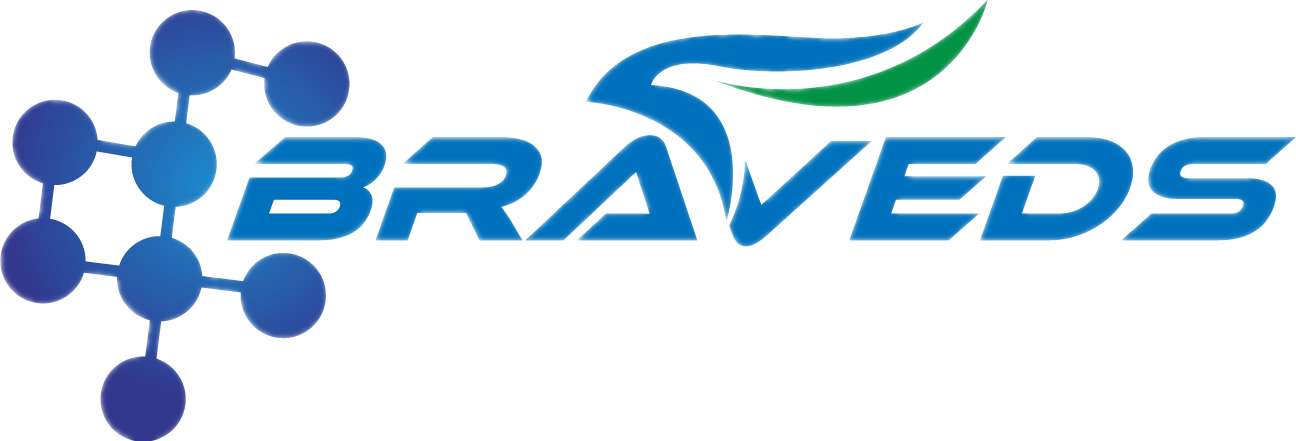S24 surfactant/SURFACTANT 10G
Molecular weight: 294
SURFACTANT 10G (chemical name: p-Isonylphenoxypoly(glycidol), CAS number: 68072-38-8) is a non-ionic surfactant based on polyglycidol modified isononylphenol structure. Its unique molecular design gives it non-hemolytic, low foamability, high enzyme compatibility and ultra-low interfacial tension, making it an ideal functional agent for optimizing fluid properties, stabilizing biomolecules and compatibility with complex samples (such as whole blood and viscous body fluids) in in vitro diagnostic reagents.
Action mechanism
Non-hemolytic: Through a mild hydrophobic - hydrophilic balance, to avoid the rupture of erythrocyte membrane, suitable for whole blood direct detection (such as chromatographic strips, microfluidic chips).
Enzyme activity protection: does not interfere with the enzyme active center, ADAPTS the reaction system containing enzyme (such as ELISA, chemiluminescence, PCR), improve the stability and sensitivity of detection.
Ultra-low dynamic surface tension: rapidly reduce the liquid-solid interfacial tension, and promote the uniform penetration and spread of reagents on hydrophobic surfaces (such as cellulose nitrate film and plastic microporous plates).
Low foam and anti-interference: Inhibit foam formation in reagent mixing or automatic sample addition, reduce optical signal fluctuations (such as colorimetry, fluorescence detection).
Wide chemical compatibility: tolerance pH 3-11, high salt (such as 1 M NaCl) and organic solvents (ethanol, DMSO), suitable for complex reaction systems.
Application scenario
Whole blood chromatographic test strip: added to the sample pad treatment solution, accelerate whole blood penetration and block red blood cell retention, improve detection sensitivity and specificity.
Enzyme preservation solution stabilizer: Add enzyme lyophilized protection solution to reduce enzyme inactivation caused by high temperature/freeze-thaw (e.g. Taq polymerase, HRP).
Latex enhanced immunoturbidity: Premix in latex microsphere suspension to enhance particle dispersion and optimize turbidity signal of antigen-antibody complex
Microfluidic chip wetting agent: applied to hydrophobic microchannels to optimize blood flow uniformity and avoid cell blockage or bubble retention.
Fluorescent/chemiluminescent reagents: solubilizing hydrophobic fluorescent dyes or luminescent substrates to improve labeling efficiency and signal strength (such as time-resolved fluorescence detection).
General use range: 0.01%-0.5% (gradient test required, low concentration preferred).
Matters needing attention
Solubility: the solubility in water is >1%, but it needs to be slowly stirred to dissolve (to avoid the introduction of bubbles by violent vibration).
Temperature sensitivity: Long-term exposure to >50 ° C may lead to molecular chain degradation.
Biocompatibility verification: Although non-hemolytic, the effect on specific cells/proteins needs to be verified by pre-testing (e.g., platelet aggregation test).
Q&A
Uneven chromatographic velocity: may be insufficient wettability or concentration is too low; It is recommended to increase to 0.05%-0.1%, or optimize the membrane pretreatment process.
Uneven dispersion of latex particles: may be insufficient ultrasonic dispersion or concentration; It is recommended to extend the ultrasound time (10-15 minutes), or increase it to 0.03%-0.05%.
Partial inhibition of enzyme activity: it may be that surfactants compete with enzymes for binding sites; It is recommended to reduce the concentration to less than 0.01% or replace it with a more inert agent (such as Poloxam).
Reagent residue crystallization: low temperature storage may lead to precipitation; It is recommended to return to room temperature and swirl well, and filter if necessary.
| SKU | UNIT | PRICE (USD) | QTY |
|---|---|---|---|
| BLDS24 | 100ml | 167 | |
| BLDS24 | 1L | 1250 |




